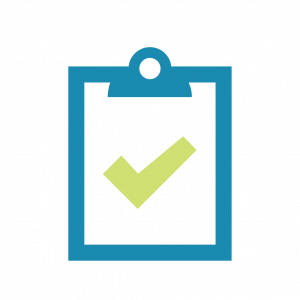9.3 – Examples of Internal Balance
 |
9.3. Use different hormone examples to explain their role in maintaining homeostasis in response to environmental or ecological cues.
.
|
Maintaining homeostasis within the body requires the coordination of many different systems and organs. Communication between neighboring cells, and between cells and tissues in distant parts of the body, occurs through the release of chemicals called hormones. Hormones are released into body fluids (usually blood) that carry these chemicals to their target cells. At the target cells, which are cells that have a receptor for a signal or ligand from a signal cell, the hormones elicit a response. The cells, tissues, and organs that secrete hormones make up the endocrine system. Examples of glands of the endocrine system include the adrenal glands, which produce hormones such as epinephrine and norepinephrine that regulate responses to stress, and the thyroid gland, which produces thyroid hormones that regulate metabolic rates.
 |
Question 9.8.
In preparation for the final exam and practicing a reverse journal club, find a paper that documents the effect of a hormone on an animal reproductive system. Which paper did you choose? |
 |
Question 9.9
Pick a figure from this paper that explains this hormone effect the best. Which figure did you choose and why? |
 |
Question 9.10
Show this figure to a peer in your class and ask them the following question: based on this figure what are the main results from this study? How was the data collected? What was the hypothesis that was tested / study question that was asked based on the figure? You should accept the same challenge from your peer and the figure from the paper they have selected. This type of activity is called Reverse Journal Club and it will help you learn more about the endocrine system and reading scientific articles. |






